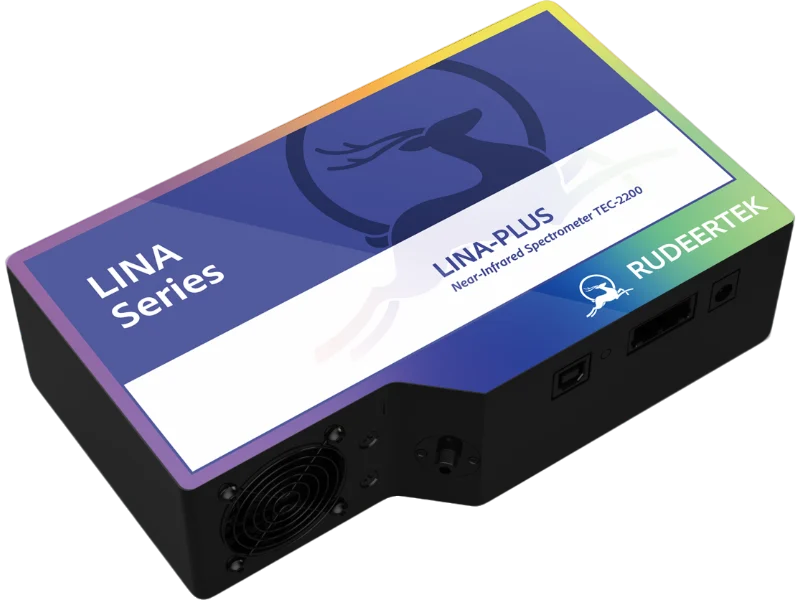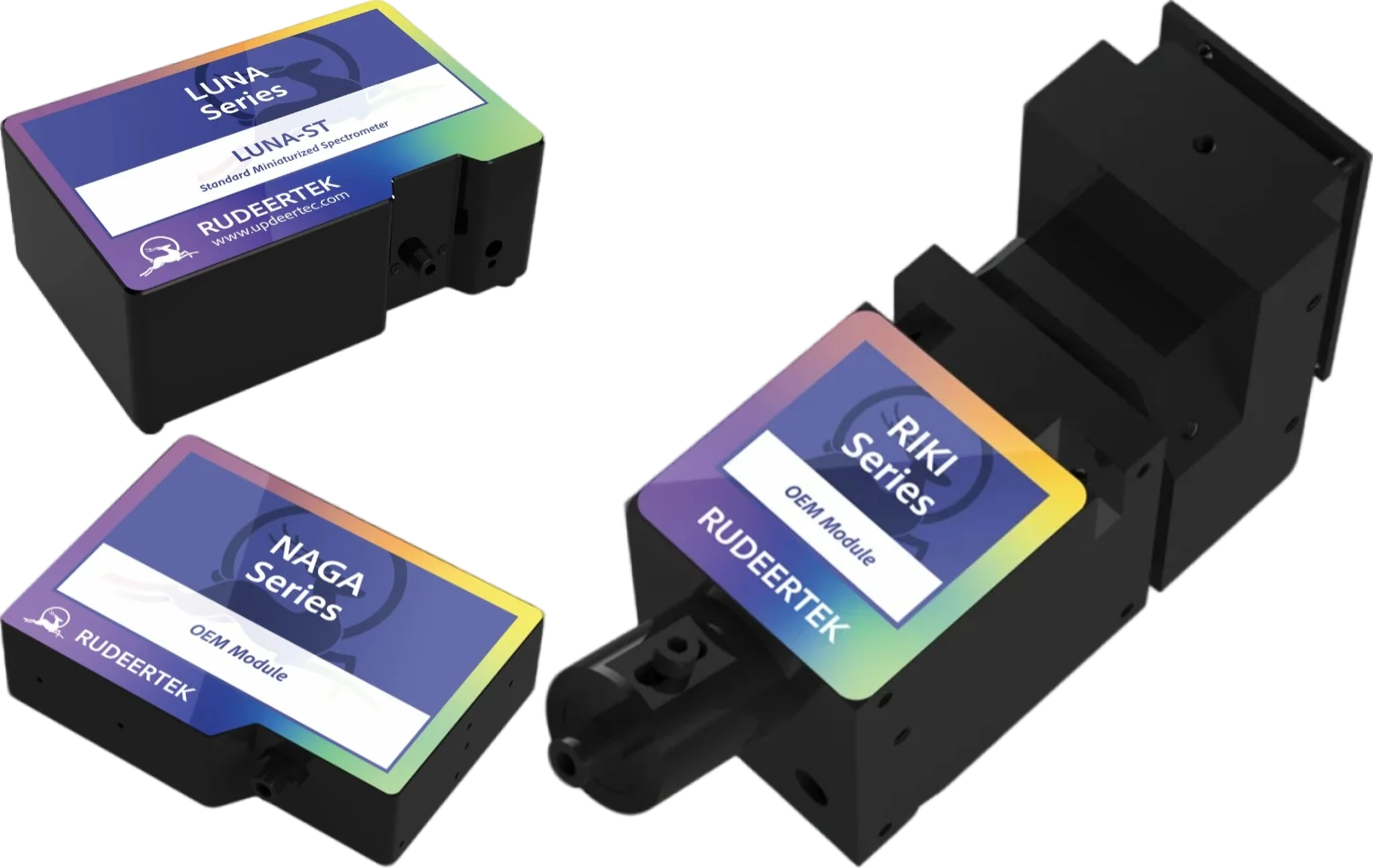The Best Spectrometers for Research Labs: A Comprehensive Guide
Release time: 2025-09-15
Table of Contents
Spectrometers are essential tools in research labs, offering precise measurements for a wide range of applications, from chemical analysis to environmental monitoring. With the advancement of technology, the variety of spectrometers on the market today can be overwhelming, making it crucial to choose the best one for your specific needs. In this guide, we’ll explore the different types of spectrometers available and highlight some of the best models for research labs.
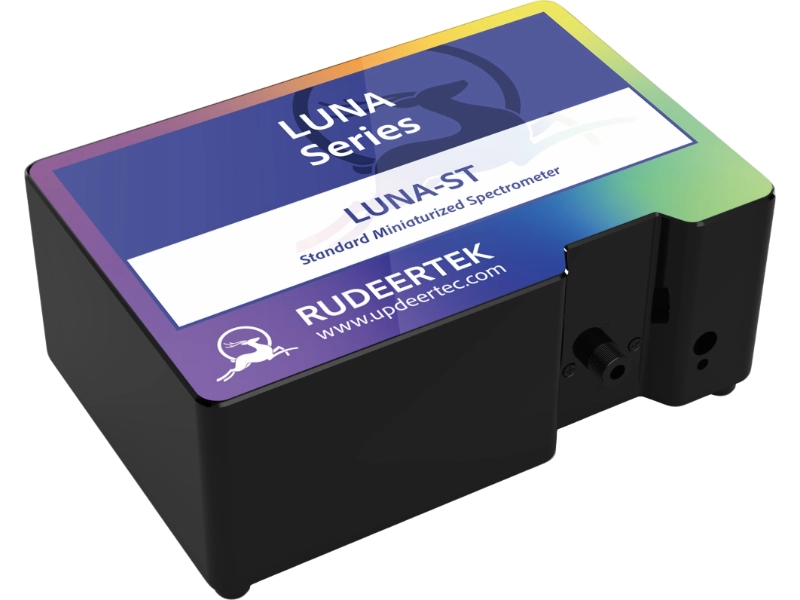
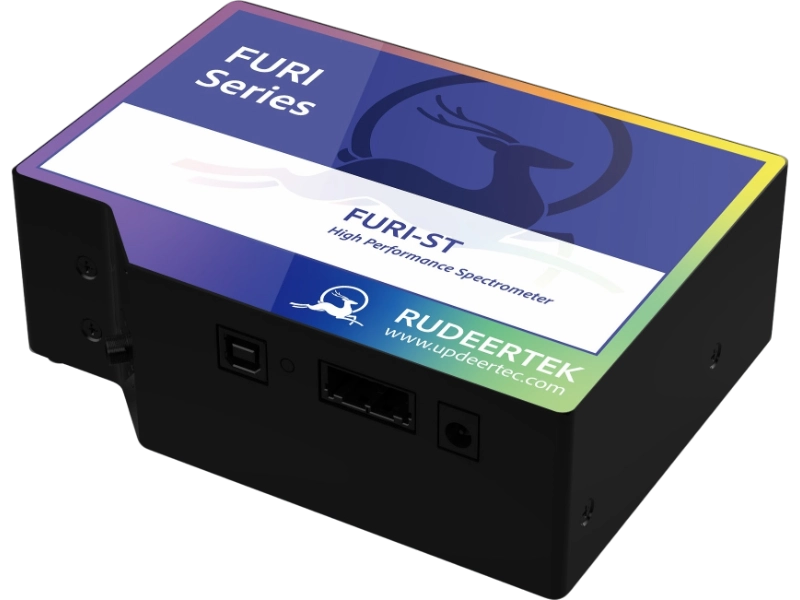
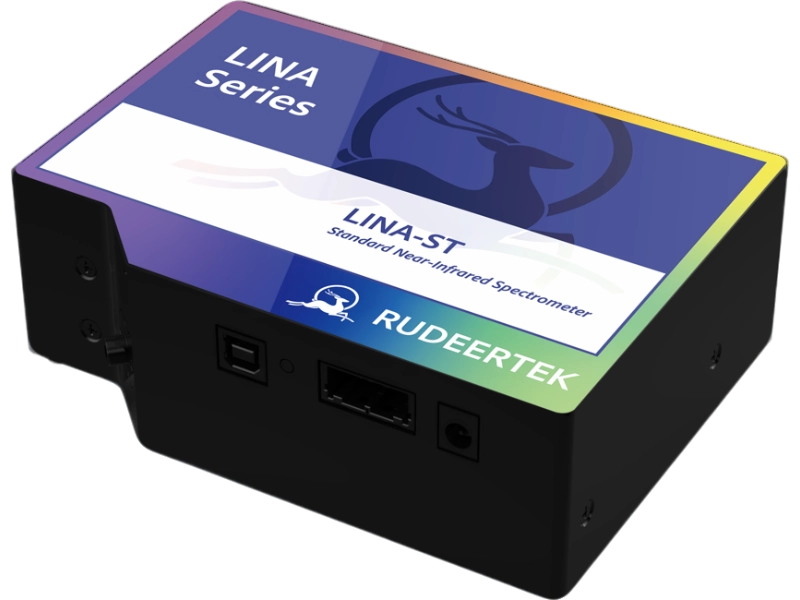
What is a Spectrometer?
A spectrometer is an instrument that measures the intensity of light across a specific portion of the electromagnetic spectrum. It is used to identify materials based on their spectral properties, such as absorption, emission, and reflection. Research labs use spectrometers for a range of activities, including:
- Chemical analysis: Identifying substances in a sample.
- Material characterization: Studying the properties of materials at the atomic or molecular level.
- Environmental testing: Analyzing pollutants and contaminants in air, water, and soil.
- Biological research: Investigating the molecular composition of biological samples.
Types of Spectrometers
Spectrometers come in different varieties, each designed for specific tasks. The main types include:
- UV-Vis Spectrometers
UV-Vis (Ultraviolet-Visible) spectrometers measure light absorption in the ultraviolet and visible regions of the electromagnetic spectrum (typically 200-800 nm). They are commonly used in chemical and biological research to identify compounds and analyze their concentration. - Infrared Spectrometers (IR)
Infrared spectrometers are used to analyze molecular vibrations and provide detailed information about molecular structures. They are especially useful in organic chemistry and materials science. - Mass Spectrometers (MS)
Mass spectrometers measure the mass-to-charge ratio of ions, offering powerful capabilities for identifying and quantifying chemicals in complex mixtures. They are widely used in proteomics, genomics, and environmental testing. - Nuclear Magnetic Resonance (NMR) Spectrometers
NMR spectrometers provide information about the atomic structure of molecules, making them indispensable in chemistry and biochemistry research. NMR uses magnetic fields and radiofrequency waves to examine the magnetic properties of atomic nuclei. - Raman Spectrometers
Raman spectrometers utilize light scattering to investigate molecular vibrations, providing unique insights into material properties. They are valuable in chemical and material analysis, as well as in forensic science.
Factors to Consider When Choosing a Spectrometer for Research Labs
Selecting the right spectrometer for your research lab depends on several factors. Here’s what you need to consider:
- Application Requirements: What is the specific application of your spectrometer? Different types are suited to different research fields (e.g., UV-Vis for chemical analysis, NMR for molecular structure determination).
- Sensitivity and Resolution: The sensitivity and resolution of the spectrometer will determine how accurately it can detect small amounts of substances and resolve fine details in spectra.
- Software and Data Analysis: Modern spectrometers often come with sophisticated software for data collection, analysis, and interpretation. Ensure that the software is user-friendly and meets your lab’s needs.
- Budget: Spectrometers come in a wide price range, from affordable models for basic research to high-end instruments for advanced analysis. Set a budget and look for models that offer the best value for your money.
- Ease of Use and Maintenance: Consider how easy the spectrometer is to operate, calibrate, and maintain. Some models require extensive training and maintenance, while others are more user-friendly.
- Brand Reputation: Some manufacturers are well-known for producing high-quality, reliable spectrometers. Research customer reviews and ask for recommendations from peers.
Top Spectrometers for Research Labs
Here are some of the best spectrometers available today, based on performance, reliability, and value for money.
1. LINA Series NIR Spectrometers
Best for: Near-Infrared Spectroscopy in Environmental and Industrial Research
The LINA Series NIR Spectrometers are designed for near-infrared (NIR) spectroscopy, particularly in the 2500nm wavelength range. This makes them ideal for material analysis, quality control, and environmental research, offering reliable performance in challenging conditions.
Key Features:
- Near-Infrared (2500nm): Measures materials in the near-infrared range with precision.
- TEC Level 2 Cooling: Ensures temperature stability, even in fluctuating conditions.
- High Signal-to-Noise Ratio (SNR): Delivers clear and accurate readings.
- Low Stray Light: Minimizes light interference, improving measurement reliability.
- High Stability: Provides consistent results over long periods.
- Flexible Configurations: Various models available for specific research applications.
Why It’s Ideal for Research Labs: Perfect for researchers working with environmental monitoring, material characterization, and industrial applications, the LINA Series spectrometers provide excellent accuracy and flexibility in a variety of settings.
2. FURI Series High-Sensitivity Spectrometers
Best for: Fluorescence Spectroscopy, Raman Spectroscopy, and Biomedical Research
The FURI Series High-Sensitivity Spectrometers are engineered for applications that require precise measurements of faint signals, such as fluorescence and Raman spectroscopy. These spectrometers are ideal for biomedical, environmental, and material composition analysis.
Key Features:
- Area Image Sensor: High-resolution spectral imaging for precise analysis.
- TEC Cooling: Maintains stable performance across a wide temperature range.
- UV Response: Capable of responding to UV light for diverse applications.
- High Sensitivity: Detects weak signals, ideal for fluorescence and Raman spectroscopy.
- High Spectral Resolution: Provides sharp and clear spectral data for accurate analysis.
- Low Stray Light: Minimizes interference for more accurate measurements.
Why It’s Ideal for Research Labs: The FURI Series is perfect for labs requiring high sensitivity and resolution for complex spectroscopic studies, such as in biomedical research, fluorescence, and Raman spectroscopy.
3. LUNA Series Miniature Spectrometers
Best for: Portable, High-Performance Spectroscopy Applications
The LUNA Series Miniature Spectrometers offer powerful performance in a compact, portable design. With 4K pixel resolution, UV response, and low stray light, these spectrometers are ideal for fieldwork, remote environmental testing, and other portable applications.
Key Features:
- 4K Pixel Resolution: Delivers high-definition spectral data for precise analysis.
- UV Response: Perfect for UV light measurements across various applications.
- Compact Size: Portable and lightweight, ideal for field-based use.
- Low Stray Light: Reduces interference, ensuring clean and accurate data.
- Flexible Configuration: Available in multiple models to meet diverse research needs.
- Multi-Unit Synchronization: Allows coordinated operation of multiple spectrometers for large-scale experiments.
Why It’s Ideal for Research Labs: The LUNA Series spectrometers are perfect for labs that need a portable, high-performance spectrometer without sacrificing data accuracy. They are particularly useful for field applications and remote testing, making them versatile tools in various scientific studies.
Conclusion
Choosing the best spectrometer for research labs is a crucial decision that depends on the specific needs of your applications, budget, and laboratory environment. Whether you’re conducting chemical analysis, studying molecular structures, or characterizing materials, there is a spectrometer designed to meet your requirements. The spectrometers listed above are among the best in their respective categories, offering superior performance and reliability for modern research.
When selecting a spectrometer, it’s important to weigh factors like sensitivity, resolution, ease of use, and support for data analysis. With the right spectrometer, your research lab can achieve more accurate, reliable, and meaningful results, pushing the boundaries of scientific discovery.

